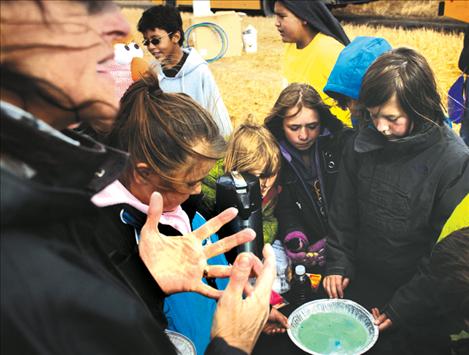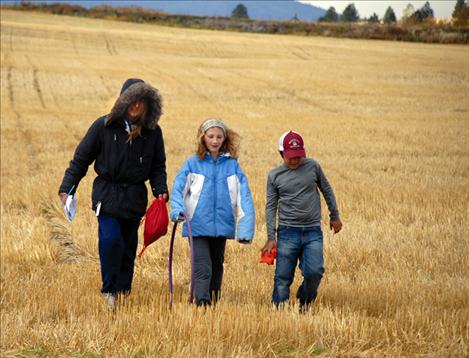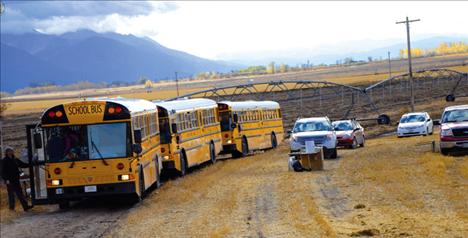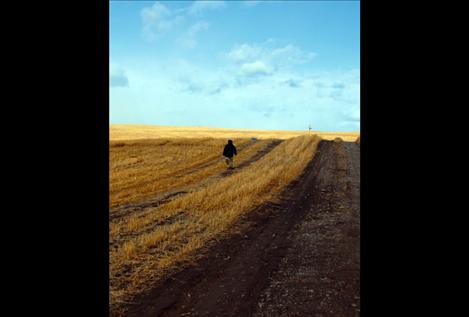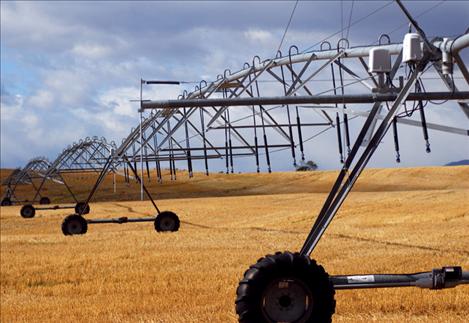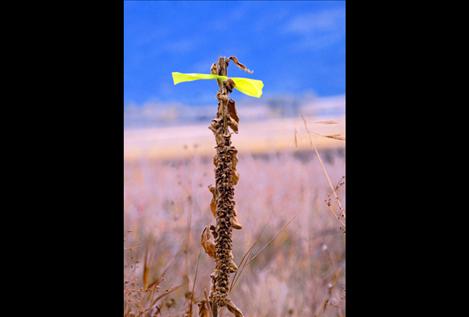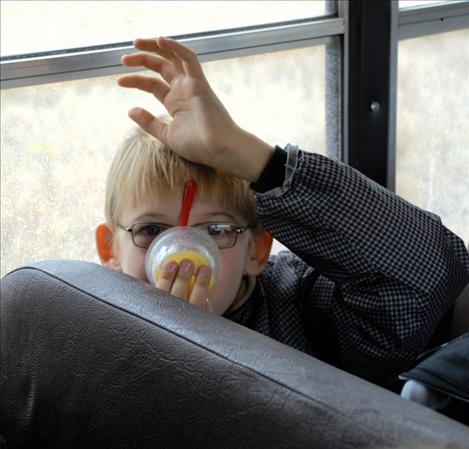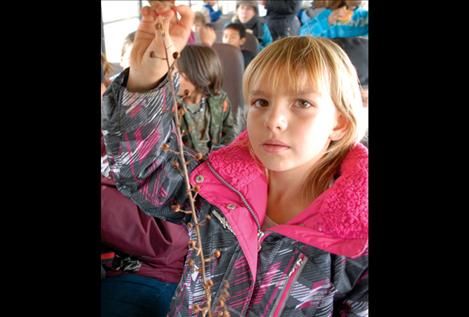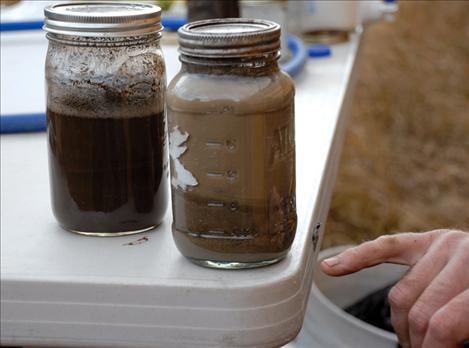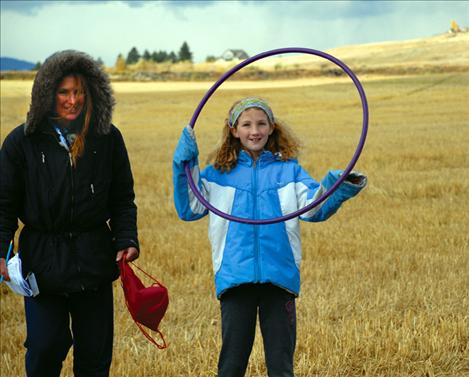Students study soil, ecosystems
Hey savvy news reader! Thanks for choosing local.
You are now reading
1 of 3 free articles.
A crew of fourth-grade “citizen scientists” from Linderman Elementary School visited Tim Lake’s farmland south of Polson on Oct. 16. Their goal, according to the data collection book, was to gain insight into the relationship between agriculture and the effects of noxious weeds on plants, animals and the land.
Weather varied from rain, bursts of bright fall sunshine and hail with wind as the students carried out their noxious weed field study.
Montana State University Flathead Extension Agent Rene Kittle and MSU Lake County Extension Agent Jack Stivers, as well as Lake, taught the kids about agriculture, good soil and ecosystems.
The fields and hills were crawling with groups of students and an adult or two. Some used a hula hoop for sampling knapweed density. They threw the hoop onto the hillside, recorded and measured the knapweed stalks and counted the rosettes, or tiny knapweed plants, inside the circle. Each group was to collect data from 10 circles. They also did a density data survey on the wheat field, counting the number of wheat plants in each ring. Any plant that was not a wheat stalk was considered a weed, and the students tallied those also.
Groups also identified noxious weeds, flagged each plant and marked it with a GPS for mapping later in class.
With buckets of soil from the surrounding area and from teacher Tami Morrison’s mom’s garden, the young scientists partially filled glass jars with soil and then topped them off with water. After three minutes of shaking they drew the layers of sand, silt and clay, then continued observations and calculations for percentages of sand, silt and clay.
Taking handfuls of dirt and mixing it with water, the kids followed a matrix to determine what sort of soil they were testing.
Another table dealt with pH testing soil. The scientists used a pH meter to test and record data on acidic solution, basic solution, clay test soil and test soil.
A bowl of milk represented an ecosystem and the milk played the part of the abiotic components, air, soil and water. Students dropped in three or four colors of food coloring to represent indigenous species. Then dish detergent was added as invasive species and pushed the Native plants and animals to the outside of the pie plate
On the school bus at lunchtime, the students were warming up cold hands and rosy faces. Waving hands called attention to kids who explained that noxious weeds came to this country because people thought they were pretty; the wind blew seeds into the Valley; and birds ate the plants and carried the seeds to this area. Kids also showed off specimens they had collected.
When asked why noxious weeds were bad, the students said they spread and kill other native plants and sometimes animals, too.
The classes will return to the same area in the spring to collect more data, according to Morrison.
The students unanimously asked for “no wind” on that trip.















